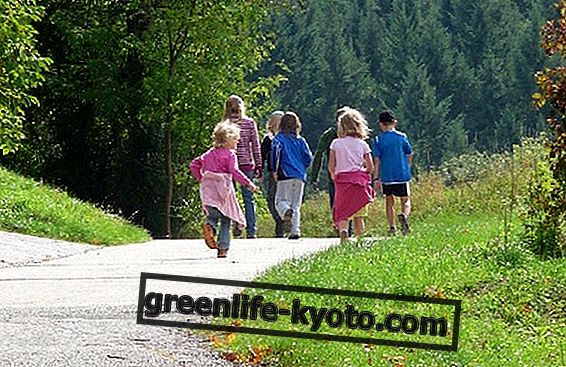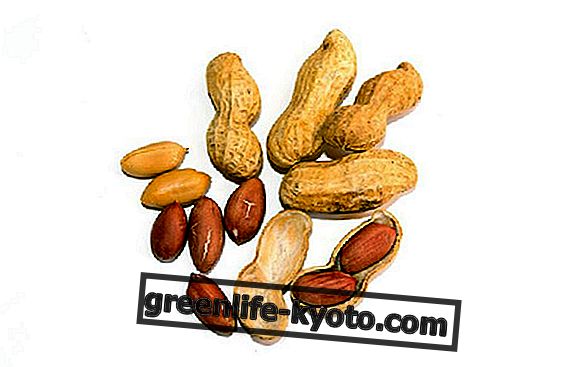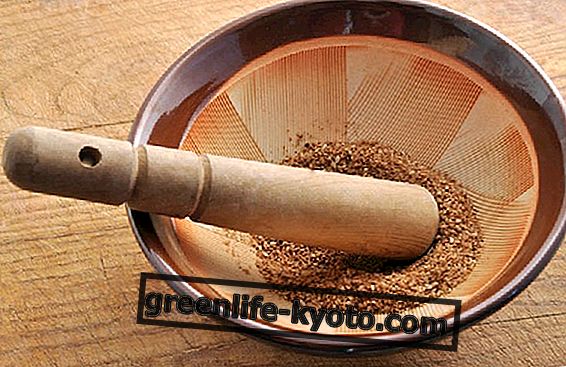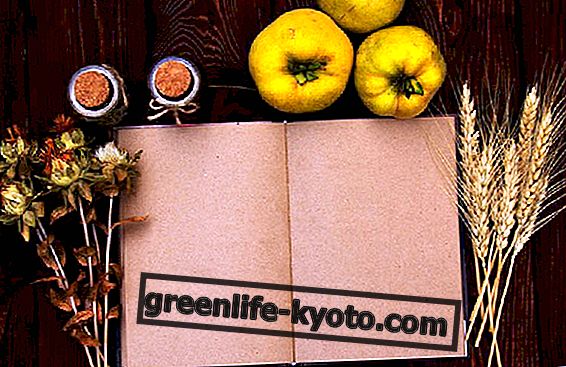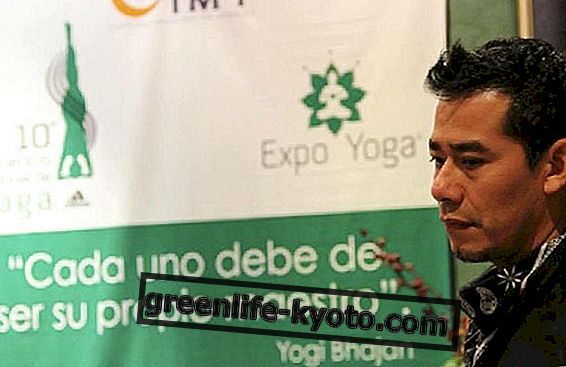
The Echoes of Ecologies project
The project stems from the simplicity of a traveling journey, often decided on the moment, by two people, Giulia Lepori and Michal Krawczyk, who call themselves "environmental humanists, horticulturists, storytellers, travelers, volunteers" who, moving precisely in the field of "humanism environmental " - from the English 'the Environmental Humanities' - and practically in the territories of South America, have decided to collect the experiences of those who gradually seek sustainability, changing various aspects of their lives and living in close contact with them in the same circle of change.
Thus, in 2016, Giulia and Michal, embarked on this path, which brought them to the lands of Brazil, Argentina, Paraguay and Bolivia .
From the knowledge and experimentation of practices and stories of local ecological and social sustainability, to the dissemination of the same through a documentary: the lever is creativity and cooperation, but also the need for a "gentle revolution" that can lead to change.
The world, according to the creators, must no longer be seen as a place to be exploited, but as a place to live and feel that they are all deeply involved in change.
Yuyos, the ethnographic film
Directly from Paraguay, here is the film that tells the world of the Yuyos, or of the herbs and natural medicinal remedies known for millennia by the peasant peoples of those lands.
The film, shot live, tells the daily life of a Paraguayan family who lives in Colonia Luz Bella, a special place that is now in great danger due to growing industrialization.
The deforestation that doesn't stop, continuing to pave trees to leave the place to intensive plantations and industrial pastures, represents a strong threat for the biodiversity and for the survival of a people intimately connected and tied to its land.
The documentary shows that even the possibility of accessing these natural medicines, Yuyos, is negatively affected .
At the moment it is not yet possible to access the complete documentary, being the same during post-production, but on the dedicated page of the Echoes of Ecologies blog you can see the six videos of the stay with the family that hosted Giulia and Michal.
From San Paolo to the rest of the world
The prospect of a distant place helps to de-contextualize and at the same time make the extent of certain changes in progress understood.
The project closely shows the value of sustainable agriculture, the issue of transgenic seeds, permaculture and agroecology, conservation of indigenous seeds and endemic plants, the importance of water and land, recycling and recovery of urban spaces . At the same time light is shed on fundamental issues, such as awareness and communication by the media, art, school and associations that are committed to coping with ecological disasters.
An example of all that the group has known is the San Paolo CCSP vegetable garden, an open-air laboratory where it is possible to observe, learn, cultivate and seize various urban farming techniques in one of the city's most strategic points, namely the roof of the Cultural Center.
But it does not end here, sustainable mobility seems something contagious in South America : here in fact on the site outlined all the associations and collectives in movement that the project has known.
Contacts to continue following Echoes of Ecologies: - facebook echoesofecologies.
